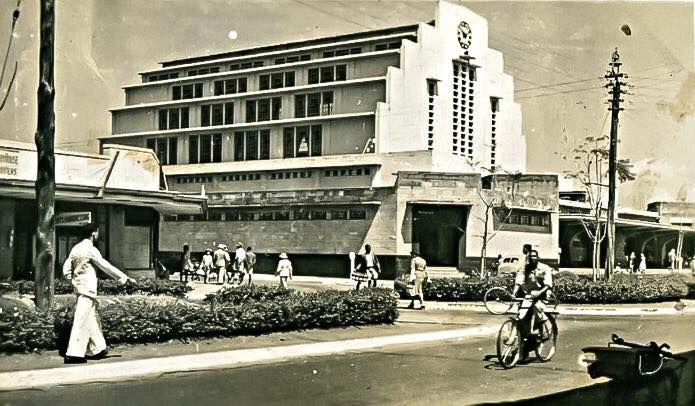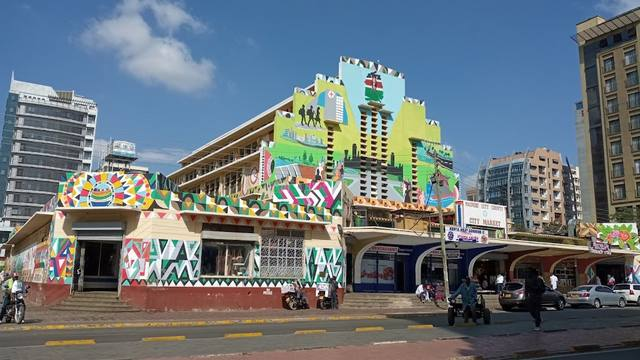Nairobi: From Swampy Plains to East Africa's Capital

Created on March 02, 2025
The Fascinating History of Nairobi: From Swamp to Capital City
Nairobi, the vibrant capital of Kenya, is a city of contrasts—where modern skyscrapers rise alongside colonial-era buildings, and bustling markets exist just a short drive from vast savannahs teeming with wildlife. But how did this thriving metropolis come to be? The story of Nairobi is one of transformation—from a humble railway depot to the beating heart of East Africa.
Early Beginnings: The Swampy Land of the Maasai
Before Nairobi became a city, it was an uninhabited swampy area known as "Enkare Nairobi" in Maasai, meaning "place of cool waters." The Maasai people, who roamed these lands, used it as a seasonal grazing ground for their cattle. The area’s numerous streams, lush grasslands, and moderate climate made it a prime location for wildlife but an unlikely choice for a major settlement.
The Arrival of the Railway (1896–1901)
The birth of Nairobi as a town began in the late 19th century when the British colonial administration embarked on constructing the Uganda Railway (often called the "Lunatic Express"). In 1899, the railway reached the swampy plains of Nairobi, and a small depot was established as a supply and rest stop for railway workers.
However, tragedy struck in the form of the Man-Eaters of Tsavo—a pair of ferocious lions that preyed on railway workers, delaying construction. Despite these challenges, the railway continued, and Nairobi rapidly grew as an administrative center due to its central location between Mombasa and Uganda.
Nairobi Becomes the Capital (1905)
Initially, Mombasa served as the capital of British East Africa, but due to its humid climate and coastal location, Nairobi was chosen as a more suitable alternative. In 1905, the British declared Nairobi the capital of the British East Africa Protectorate. The city’s population began to grow, with European settlers, Indian railway workers, and African laborers making it their home.

City Market, Nairobi, in 1945

City Market, Today
The Colonial Era & Expansion
Throughout the early 20th century, Nairobi evolved into a key commercial and political hub. The city’s design followed European architectural styles, with separate areas for Europeans, Indians, and Africans, reflecting the colonial government's racial segregation policies.
The Kenya-Uganda Railway Headquarters was established in Nairobi, bringing more businesses and settlers. Meanwhile, the indigenous population, including the Kikuyu and Maasai, were largely excluded from city planning, leading to growing resentment.
The Fight for Independence (1950s–1963)
By the mid-20th century, Nairobi had become a center of political activism, particularly in the struggle for Kenya’s independence. The Mau Mau Uprising (1952–1960) saw Kenyan freedom fighters, mainly from the Kikuyu community, wage a guerrilla war against British colonial rule.
The British declared a state of emergency, imprisoning and exiling key figures, including Jomo Kenyatta, who later became Kenya’s first president. The push for independence gained momentum, and on December 12, 1963, Kenya gained independence, with Nairobi remaining the capital of the new nation.
Post-Independence Growth (1963–Present)
After independence, Nairobi flourished as a political, economic, and cultural center. The city saw rapid urbanization, with the development of Kenyatta International Convention Centre (KICC), Jomo Kenyatta International Airport (JKIA), and major road networks.

The city also became home to the headquarters of international organizations, including the United Nations Environment Programme (UNEP) and the African headquarters of numerous multinational companies.
Modern-Day Nairobi: The Heart of East Africa
Today, Nairobi is a dynamic city known for:
- Business & Innovation – A tech hub dubbed the "Silicon Savannah", home to startups like M-Pesa and major global firms.
- Wildlife & Conservation – Nairobi National Park, the only national park within a capital city, remains a top attraction.
- Culture & Entertainment – A bustling arts scene, museums, and vibrant nightlife define the city.
However, the city faces challenges, including traffic congestion, population growth, and environmental concerns. Despite this, Nairobi continues to thrive, embodying the resilience and entrepreneurial spirit of Kenya.
Conclusion
From a simple railway camp to a world-renowned capital, Nairobi’s history is one of transformation and resilience. It is a city where tradition meets modernity, where cultures blend, and where history continues to unfold. Whether you’re visiting for business, tourism, or adventure, Nairobi welcomes you with open arms—just as it has for over a century.

